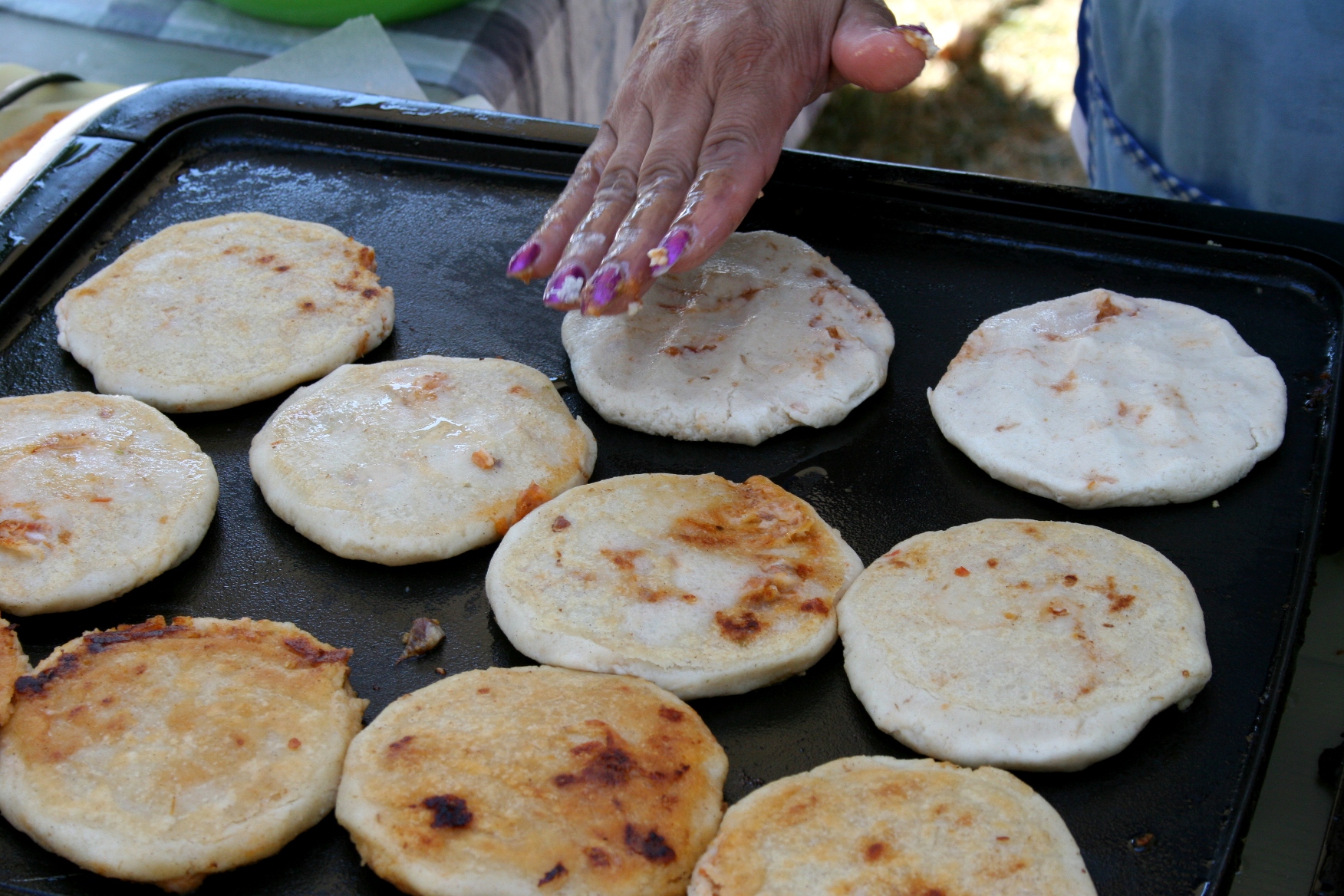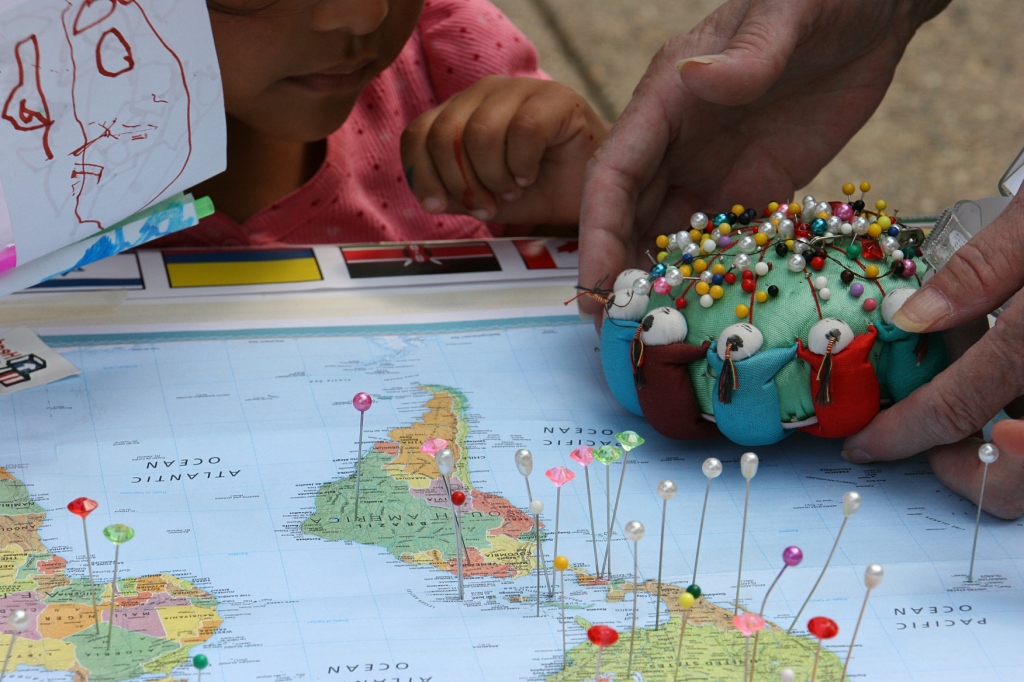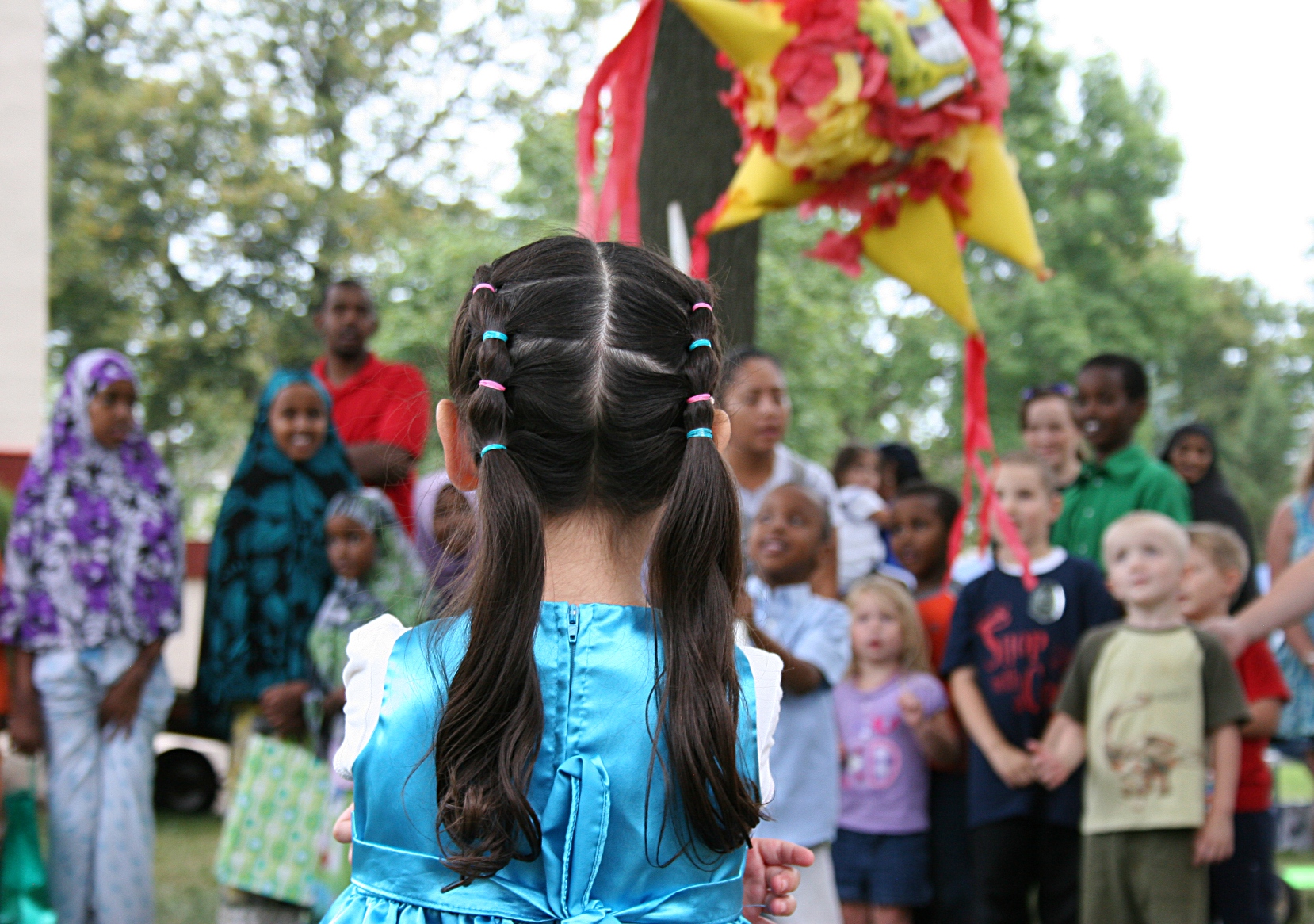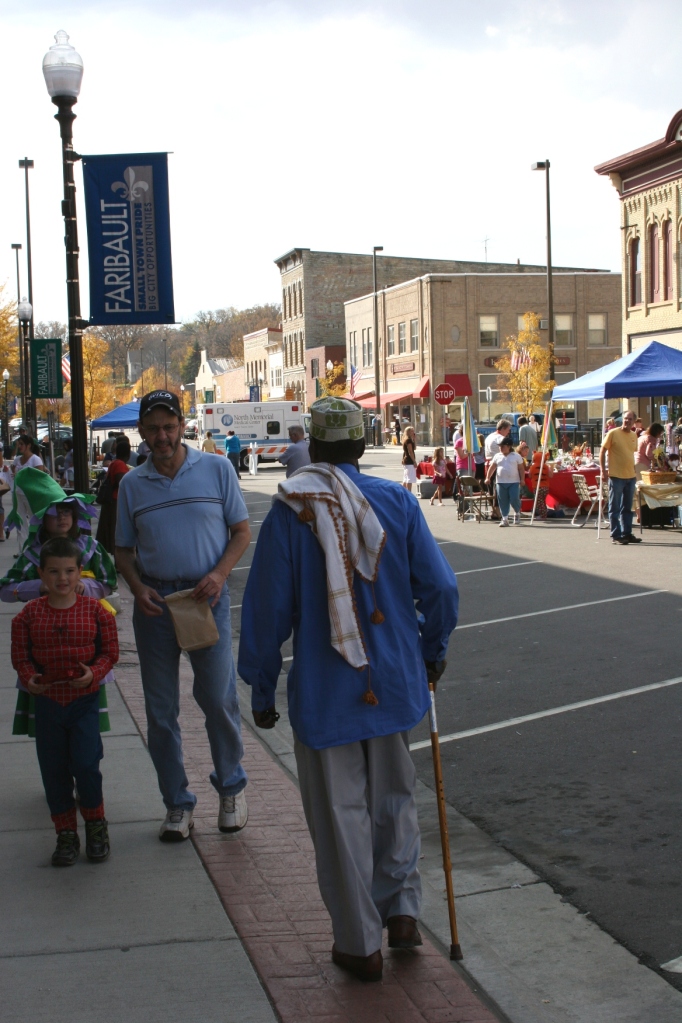
TODAY, THE DAY WE HONOR Civil Rights activist Dr. Martin Luther King Jr with celebrations and a federal holiday, seems fitting to share my excitement over the election of Adama Youhn Doumbouya to the Faribault City Council. Elected in November and just recently taking office, the Liberian-born immigrant becomes the first person of color to serve on the Council in a city chartered on April 9, 1872.
I expect Dr. King, who advocated tirelessly for equality and human rights, would be proud. I feel not only pride, but also gratitude in knowing that Doumbouya will bring a new young voice (he was born in 1987) and perspective to my ever-changing city.

Today’s Faribault is vastly different from the Faribault of the past, even of recent decades. It is decidedly more diverse in skin tones, religion, culture, customs, dress, language and more. Admittedly, those who have moved here from places like Somalia, Sudan and Mexico have not always been welcomed. Racism exists. Sometimes subtle, sometimes blatant. I wish that wasn’t true, but it is.

In the context of this evolving, diverse Faribault, it’s important to remember that nearly all of us (with the exception of indigenous peoples) are descendants of immigrants. Too often we forget that. Our forefathers landed in America, then Minnesota, with dreams. Faribault’s newly-elected councilman, who witnessed civil war in his home country along the west coast of Africa, landed in New York City in 2013 with dreams.

Although I’m not privy to Doumbouya’s personal dreams, I’ve read his backstory published in a Faribault Daily News feature. After moving to Minnesota, he worked at a meat-packing plant in Austin, south of Faribault near the Iowa border. He served on the Austin Planning Commission. Eventually, he pursued a college degree, earning a Bachelor of Science degree in urban and regional studies. He moved to Faribault in 2020, owns a home here.
That’s a nutshell summary of the background Doumbouya brings to city government. Responses to a Q & A published pre-election revealed a candidate eager to serve his community. Eager to advocate for affordable housing, transportation and inclusive workforce development. Eager, too, to improve city infrastructure and technology for residents and businesses. Eager to focus also on economic development. I’m confident he will work hard on those goals of improving life and expanding opportunities in Faribault.

It took a long time—going on 151 years—for my city to get here, to the point of a person of color serving on the City Council. It took time, too, for social justice activist Dr. Martin Luther King Jr. to make progress towards equality and human rights for all. As we approach the 55th anniversary of King’s assassination on April 4, 1968, in Memphis, much work remains to be done.
The same can be said in Faribault. But I see progress. I see progress in the election of Doumbouya to the City Council. I see progress via the efforts of the Faribault Diversity Coalition, which today hosts its ninth annual MLK Breakfast and has also started a recent Speaker Series. I see progress in personal connections and communication and caring attitudes. Faribault’s future is as limitless as our dreams.
© Copyright 2023 Audrey Kletscher Helbling
Note: Adama Youhn Doumbouya’s photo is not included on the City Council website page, leaving me without an image to share here.



































Recent Comments